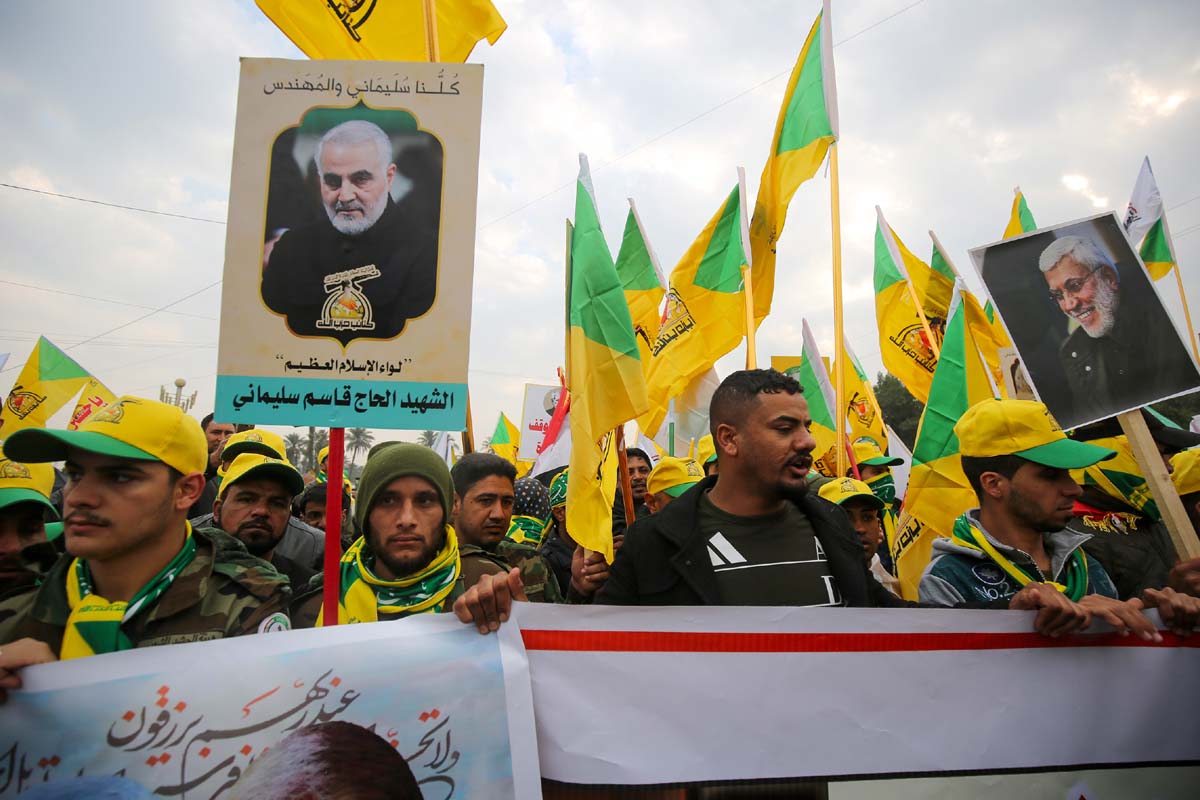Geopolitics can be quirky. Seventeen years after the Anglo-US invasion of Iraq, the struggle between the US and Iran for influence in Iraq has begun as 2020 unfolds. If the ferment is not defused anytime soon, it could well dominate the international narrative in the New Year. The siege of the US embassy in Baghdad by pro-Iran militants has come to a merciful end and remarkably swift has been the response of the Pentagon.
The day-long siege has been followed by a spectacular show of force that is bound to be greeted with a sense of shock and awe in Tehran. No fewer than 750 airborne troops will be deployed in the region immediately, with more to follow in the next few days. Up to 3,000 soldiers are reportedly being prepared to move out to the Middle East, adding to the 14,000 sent there since May in an effort to counter Iran.
Advertisement
The renewed presence of US boots on the ground in a volatile swathe of the world might arguably steel the resolve of President Hassan Rouhani and the Supreme Leader, Ayatollah Khamanei, in matters nuclear, indeed the core issue in the US-Iran conflict. Donald Trump has warned that Tehran would “pay a big price” for any US lives lost or damage to US property.
This deployment is a precautionary action and mirrors the US praxis to “protect our people and interests anywhere they are found around the world.” The US has expressed dismay that Iraqi security forces had made no effort to stop the militiamen and their supporters from entering Baghdad’s Green Zone where the US embassy is situated. The inaction was in marked contrast to their brutal treatment of anti-government and anti-Iranian protests in Baghdad and across the country, which broke out in October.
The low-key response of the Iraqi authorities is a striking feature of the siege by Iranian militants, who waved the banner of the Popular Mobilisation Forces (PMF), an umbrella group for disparate Shia militias operating in Iraq . The embassy siege marked a low point in relations between Iraq and the US and was a show of strength by Iranian-controlled forces. The breach of the embassy compound came in response to US airstrikes on Sunday that killed 25 Kata’ib Hezbollah fighters.
The US claimed that the strikes were in retaliation for last week’s killing of an American contractor, and the wounding of several US soldiers, in a rocket attack on an Iraqi military base, the latest of a string of attacks which the US blamed on the militia. If to a far, far lesser degree, the embassy siege has been compared to the earlier siege in 1979 of the US embassy in Tehran, when 52 US citizens were taken hostage.
Tuesday’s events, however, were not on the same dramatic scale. There was no loss of life and most of the embassy building was not breached. Nonetheless, the prospect of a worsening conflict between US forces and Iranian proxies in Iraq looms large.











